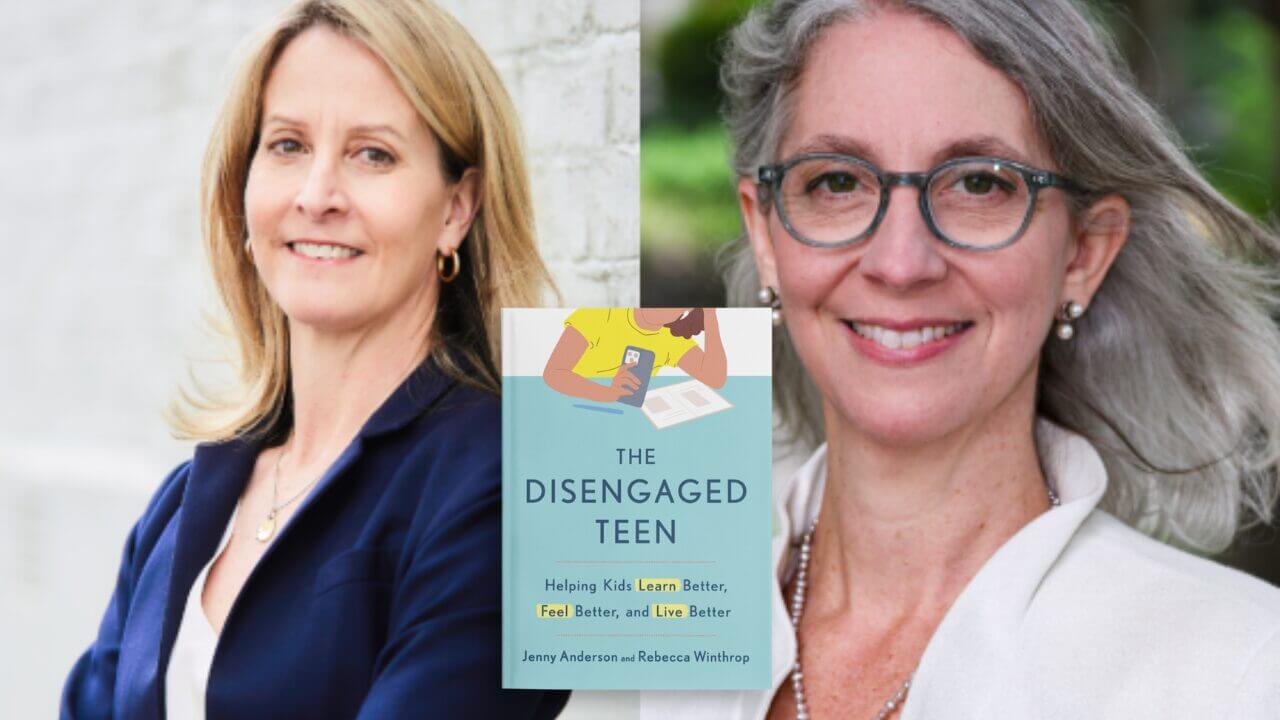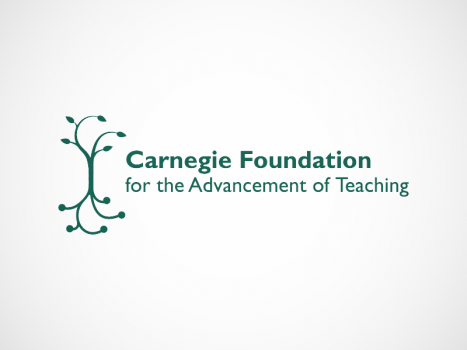Carnegie President Anthony Bryk and Senior Fellow Thomas Toch write in Inside Higher Ed: With the support of five national philanthropies, the Carnegie Foundation for the Advancement of Teaching has launched a national network of 27 community colleges and three universities dedicated to helping students at the greatest risk of failure in math.
The approach uses a comprehensive strategy of support for students and faculty members in a “networked improvement community.” The network’s early results are promising, even with a largely high-risk student population. Nearly half the students in network colleges are from households with incomes below $40,000 a year. And only 10 percent have mothers with at least a bachelor’s degree. Yet 89 percent remained enrolled for the full fall term (the program rolled out in the network’s colleges at the beginning of the 2011-12 school year) and 68 percent finished the first semester with a grade of C or better (required for college credit), nearly double the 36 percent of students earning the same grades in the less-demanding courses taught previously in the network’s schools.
The students who completed the new courses scored nearly as high on an independent end-of-semester exam as a national sample of community college and university students who had completed college-level statistics coursework. And 88 percent of the students earning C’s or better moved on to the second half of the two-semester, credit-yielding course. That’s more than triple the proportion of students in the network’s colleges who successfully navigated a first term of remedial math and signed up for a second before the network’s creation.
March 22, 2012
Carnegie is developing an information system that integrates real-time faculty and student data with institutional records to inform continuous improvement for the Pathways network.
May 2, 2012
Complete College America's report, “Remediation: Higher Education’s Bridge to Nowhere," examines how of the two million students who are enrolled in community college less than one in 10 students graduate within three years.






